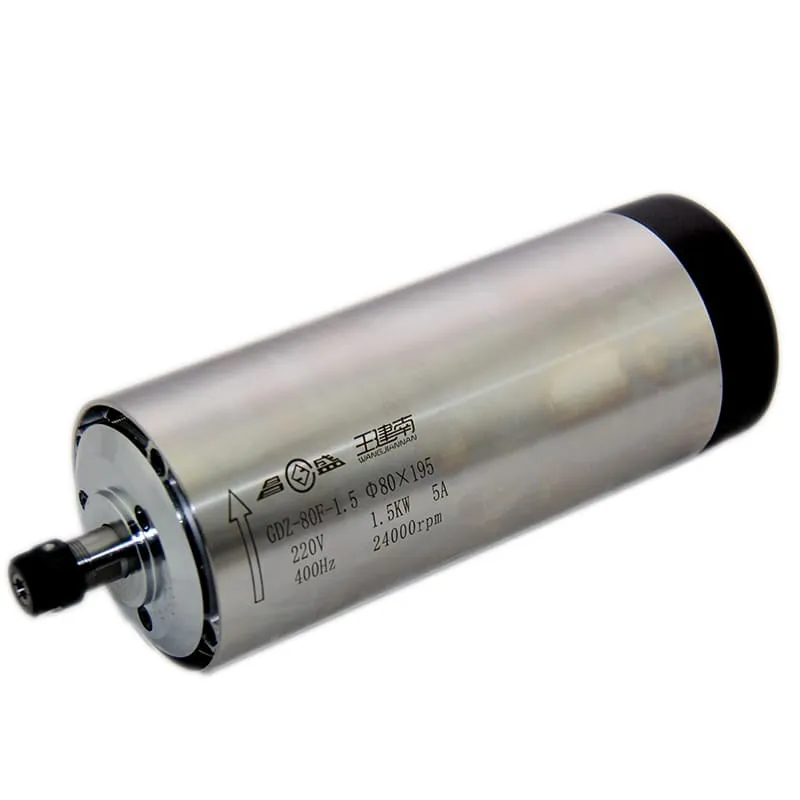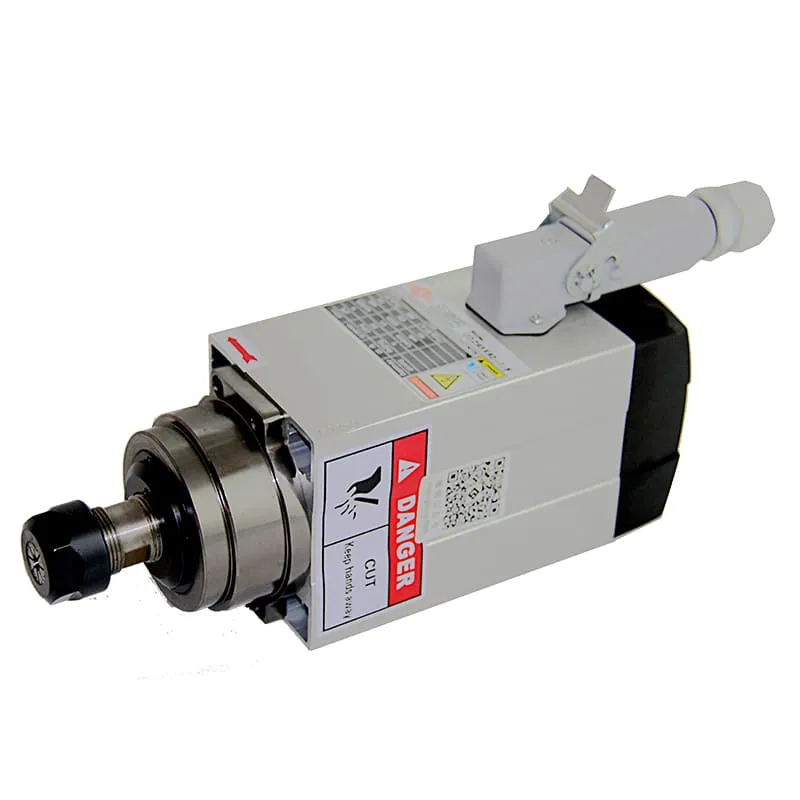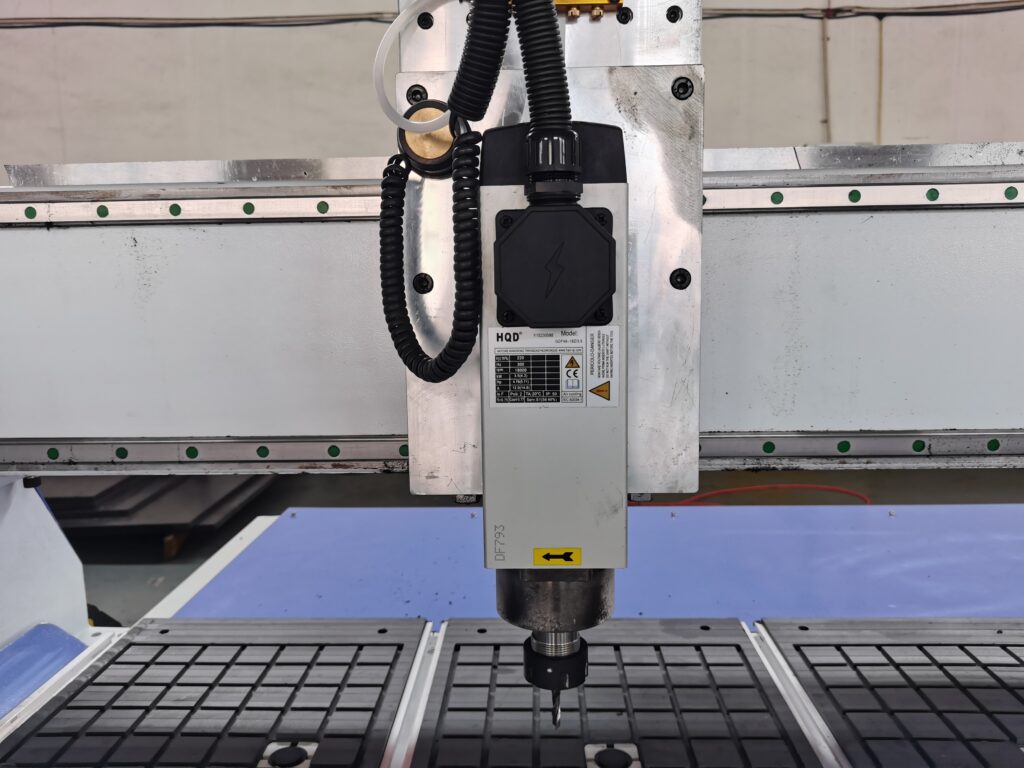Can AutoCAD Be Used for CNC? Exploring the Possibilities
In the world of computer-aided design (CAD) and computer numerical control (CNC) machining, AutoCAD stands out as a versatile and powerful tool. But can AutoCAD be used for CNC? This question often arises among professionals and hobbyists alike who are looking to bridge the gap between design and manufacturing. In this comprehensive guide, we’ll explore the capabilities of AutoCAD in the context of CNC machining, providing insights into its applications, limitations, and potential alternatives.
Understanding AutoCAD and CNC: The Basics
Before delving into whether AutoCAD can be used for CNC, it’s crucial to understand what these technologies are and how they typically interact in the manufacturing process.
AutoCAD, developed by Autodesk, is a widely used CAD software that allows users to create precise 2D and 3D drawings. It’s known for its versatility and is used across various industries, including architecture, engineering, and product design.
CNC machining, on the other hand, is a manufacturing process that uses computerized controls to operate machine tools. These machines can create complex parts with high precision by following instructions generated from CAD models.
The connection between CAD software like AutoCAD and CNC machines is typically bridged by Computer-Aided Manufacturing (CAM) software, which translates CAD designs into machine instructions that CNC equipment can understand and execute.
AutoCAD’s Capabilities in CNC Machining
AutoCAD, while primarily a design tool, does have features that can be useful in the CNC machining process:
- 2D and 3D Modeling: AutoCAD allows for the creation of both 2D drawings and 3D models, which are essential starting points for CNC machining.
- DXF File Format: AutoCAD can save files in DXF format, which is widely supported by many CAM software packages.
- Precision: The software offers high precision in measurements and dimensions, crucial for accurate CNC machining.
- Customization: Through AutoLISP and other programming interfaces, AutoCAD can be customized to include additional functionalities that may be useful for CNC applications.
However, it’s important to note that AutoCAD is not inherently a CAM software, which is typically required to generate toolpaths and G-code for CNC machines.
The Process: From AutoCAD to CNC
While AutoCAD itself doesn’t directly generate CNC instructions, it can be part of the CNC workflow. Here’s a typical process:
- Design in AutoCAD: Create your 2D or 3D model in AutoCAD.
- Export to CAM Software: Save your design in a compatible format (like DXF) and import it into CAM software.
- Generate Toolpaths: Use the CAM software to create toolpaths and generate G-code.
- CNC Machining: Transfer the G-code to your CNC machine for manufacturing.
This process highlights that while AutoCAD is crucial for design, additional software is typically needed to bridge the gap to CNC machining.
Advantages of Using AutoCAD in CNC Workflows
Despite not being a direct CNC tool, AutoCAD offers several advantages when incorporated into CNC workflows:
- Familiar Interface: Many designers and engineers are already proficient in AutoCAD, making it a comfortable starting point.
- Precision Design: AutoCAD’s precision tools ensure accurate designs, which is crucial for CNC machining.
- Versatility: The software can handle both simple 2D designs and complex 3D models.
- Large User Community: Extensive resources, tutorials, and support are available due to AutoCAD’s popularity.
Limitations of AutoCAD for CNC
While AutoCAD is powerful, it has limitations when it comes to CNC applications:
- Lack of Direct G-code Generation: AutoCAD doesn’t natively produce the G-code required by CNC machines.
- No Toolpath Creation: The software doesn’t have built-in tools for creating machining toolpaths.
- Limited Simulation: AutoCAD can’t simulate the machining process, which is crucial for identifying potential issues before production.
- No Machine-Specific Features: It doesn’t account for specific CNC machine capabilities or limitations.
AutoCAD Alternatives and Complementary Software for CNC
For those looking to streamline their CNC workflow, several alternatives and complementary software options exist:
- Fusion 360: An Autodesk product that combines CAD, CAM, and CAE capabilities.
- SolidWorks: Offers integrated CAD and CAM functionalities.
- Mastercam: A popular CAM software that can work with AutoCAD files.
- Inventor: Another Autodesk product with more advanced 3D modeling and CAM integration.
These software options often provide more seamless integration between design and CNC machining processes.
Integrating AutoCAD with CAM Software
To effectively use AutoCAD for CNC, integration with CAM software is key. Here’s how you can optimize this integration:
- File Formats: Ensure you’re using compatible file formats like DXF or STEP when exporting from AutoCAD.
- Layer Management: Organize your AutoCAD drawings with clear layer structures to facilitate easier processing in CAM software.
- Dimensional Accuracy: Double-check all dimensions in AutoCAD before exporting, as these will directly impact the CNC output.
- Plugin Utilization: Explore AutoCAD plugins that enhance compatibility with CAM software or add CNC-related features.
Best Practices for Using AutoCAD in CNC Projects
To maximize the effectiveness of AutoCAD in your CNC projects, consider these best practices:
- Simplify Designs: Keep your AutoCAD designs as simple as possible while maintaining necessary details.
- Use Appropriate Units: Ensure your AutoCAD file uses the same units that your CNC machine operates in.
- Regular Updates: Keep both AutoCAD and your CAM software updated for the best compatibility.
- Test and Verify: Always test your designs on scrap material before final production.
- Continuous Learning: Stay informed about new features in AutoCAD that might enhance your CNC workflow.
The Future of AutoCAD in CNC Manufacturing
As technology evolves, the integration between CAD software like AutoCAD and CNC machining is likely to become more seamless. We may see:
- Enhanced built-in CAM features in AutoCAD
- Better integration with cloud-based manufacturing services
- Improved AI-assisted design optimization for CNC production
Staying informed about these developments can help you leverage AutoCAD more effectively in your CNC projects.

Case Studies: Successful Use of AutoCAD in CNC Projects
Let’s look at a few examples where AutoCAD has been successfully integrated into CNC workflows:
- Architectural Firm XYZ: Used AutoCAD to design intricate facade elements, which were then CNC milled using exported DXF files.
- Custom Furniture Maker ABC: Designed complex joinery in AutoCAD, exported to CAM software for toolpath generation, resulting in precise, repeatable cuts.
- Prototype Development Company DEF: Utilized AutoCAD’s 3D modeling capabilities to design prototype parts, which were then CNC machined for functional testing.
These cases demonstrate that with the right approach, AutoCAD can be a valuable tool in the CNC machining process.
Choosing the Right CNC Equipment for AutoCAD Designs
When working with AutoCAD designs for CNC machining, selecting the appropriate CNC equipment is crucial. Consider factors such as:
- Machine Precision: Ensure the CNC machine can achieve the level of detail in your AutoCAD designs.
- Working Area: Match the machine’s work envelope to the size of your typical projects.
- Material Compatibility: Choose a machine capable of working with your preferred materials.
- Spindle Power: For complex or dense materials, a powerful spindle like the 2.2KW ER20 Air-Cooled Spindle might be necessary.
Training and Skill Development
To effectively use AutoCAD for CNC projects, consider the following training areas:
- Advanced AutoCAD Skills: Focus on 3D modeling and complex geometry creation.
- CAM Software Proficiency: Learn how to effectively translate AutoCAD designs into CAM software.
- CNC Machine Operation: Understand the basics of CNC machine setup and operation.
- Material Science: Knowledge of how different materials respond to CNC machining can inform your AutoCAD designs.
Cost Considerations
When evaluating whether to use AutoCAD for CNC projects, consider these cost factors:
- Software Licensing: AutoCAD subscription costs vs. integrated CAD/CAM solutions.
- Training: Potential costs for additional training in CAM software or CNC operation.
- Hardware: Ensuring your hardware can handle complex 3D models in AutoCAD.
- Time Efficiency: Consider the time cost of translating AutoCAD files to CNC-ready formats.
Frequently Asked Questions
1. Can AutoCAD directly generate G-code for CNC machines?
No, AutoCAD does not have built-in functionality to generate G-code. You’ll need to use CAM software to convert AutoCAD designs into machine-readable instructions.
2. What file formats should I use when exporting from AutoCAD for CNC machining?
DXF (Drawing Exchange Format) is commonly used, but STEP or IGES files can also be suitable, depending on your CAM software’s capabilities.
3. Is AutoCAD or Fusion 360 better for CNC projects?
While AutoCAD is excellent for detailed 2D and 3D design, Fusion 360 offers integrated CAD and CAM features, making it more suitable for direct CNC work. The choice depends on your specific needs and workflow.
4. Can I use AutoCAD LT for CNC machining projects?
AutoCAD LT, being a 2D-only version, has limitations for CNC work. While it can be used for simple 2D designs, it lacks the 3D modeling capabilities often needed for complex CNC projects.
5. How do I ensure my AutoCAD designs are optimized for CNC machining?
Focus on creating clean, precise geometry, use appropriate tolerances, and consider the limitations of CNC machines (like tool diameters and cutting depths) in your designs.
6. Are there any AutoCAD plugins specifically for CNC machining?
Yes, there are third-party plugins available that can enhance AutoCAD’s functionality for CNC applications, such as toolpath generation or G-code conversion tools. Research and choose plugins that fit your specific needs.
Conclusion: Bridging Design and Manufacturing with AutoCAD and CNC
In conclusion, while AutoCAD isn’t inherently designed for CNC machining, it can be a powerful tool in the CNC workflow when used correctly. Its precision in design, widespread use, and compatibility with various file formats make it a valuable starting point for many CNC projects.
However, to fully leverage AutoCAD for CNC, it’s crucial to understand its limitations and how to effectively bridge the gap between design and manufacturing. This often involves integrating CAM software into your workflow and developing a good understanding of both the design and machining processes.
As technology continues to evolve, we may see even tighter integration between CAD software like AutoCAD and CNC machining processes. Staying informed about these developments and continuously refining your skills in both areas will be key to success in this field.
Remember, the journey from design to finished product is a collaborative one, involving various tools and expertise. Whether you’re working on a small hobby project or a large-scale manufacturing operation, understanding how to effectively use AutoCAD in conjunction with CNC machining can open up a world of possibilities in terms of what you can create.
For those looking to enhance their CNC setups, consider exploring high-quality components like CNC Router Spindles to ensure your machining capabilities match the precision of your AutoCAD designs. With the right combination of software skills and hardware, you can turn your AutoCAD visions into reality with CNC machining.

As you continue to explore the intersection of AutoCAD and CNC machining, remember that each project is an opportunity to learn and refine your process. Embrace the challenges, stay curious, and don’t hesitate to seek out resources and communities that can support your journey in this exciting field of digital manufacturing.

